Blog Post
A Beginner’s Guide to Loft Conversions
Loft conversions are one of the most popular ways to add space and value to a home. Whether you need an extra bedroom, a home office, or a playroom, converting your loft can be a cost-effective and efficient solution. This guide will walk you through the essential steps to get started.

Is Your Loft Suitable for Conversion?
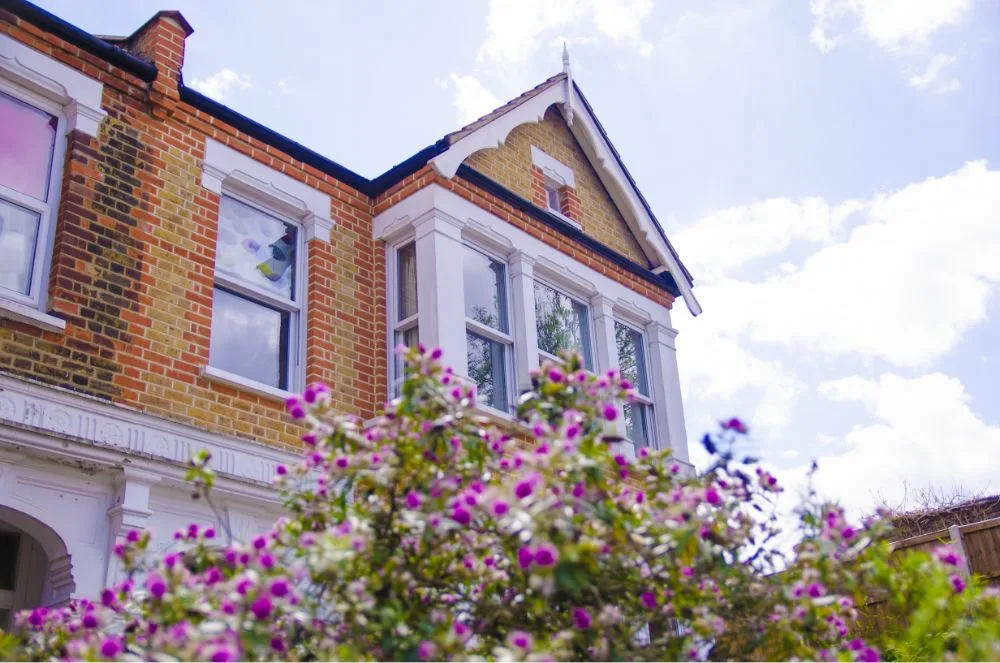
Before embarking on a loft conversion, it’s crucial to determine whether your loft is structurally suitable. The first consideration is head height; ideally, there should be a minimum of 2.4 meters from the floor to the highest point of the ceiling. Traditional ‘cut roof’ structures, which use rafters and joists, are generally easier to convert compared to modern trussed roofs, which may require structural reinforcement. Additionally, you need to ensure there is enough space to accommodate a staircase and that your existing walls and flooring can support the new load.
Key factors to assess:
- Head Height: Minimum of 2.4m from floor to ridge.
- Roof Structure: Cut roof structures are easier to convert than trussed roofs.
- Access & Support: Ensure space for a staircase and structural soundness.
Types of Loft Conversions
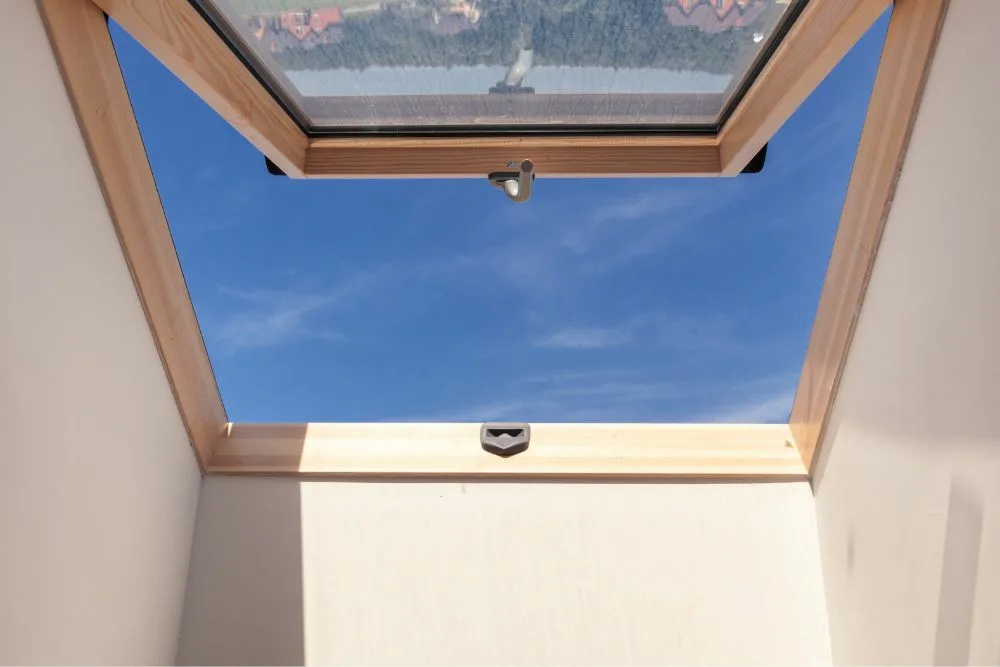
There are several different types of loft conversions, each offering varying levels of complexity, space, and cost. A roof light or Velux conversion is the simplest and most cost-effective, as it only requires the addition of skylights without altering the roof structure. A dormer conversion is a popular choice for homeowners looking for additional headroom, as it extends vertically from the existing roof, providing more usable space.
If your home has a sloping roof, a hip-to-gable conversion extends the side of the roof to create a vertical wall, significantly increasing the internal space, this can also be combined with a dormer on the rear.
Lastly, a mansard conversion can be the most extensive option, altering the entire roof structure to maximise available living space, often requiring planning permission due to the structural changes.
Types of loft conversions:
- Roof Light Conversion: Simple and cost-effective with skylights.
- Dormer Conversion: Adds extra headroom with a box-shaped extension.
- Hip-to-Gable Conversion: Extends sloping hip roofs to create a vertical wall.
- Mansard Conversion: Alters the roof structure for maximum space.
Planning Permission & Building Regulations
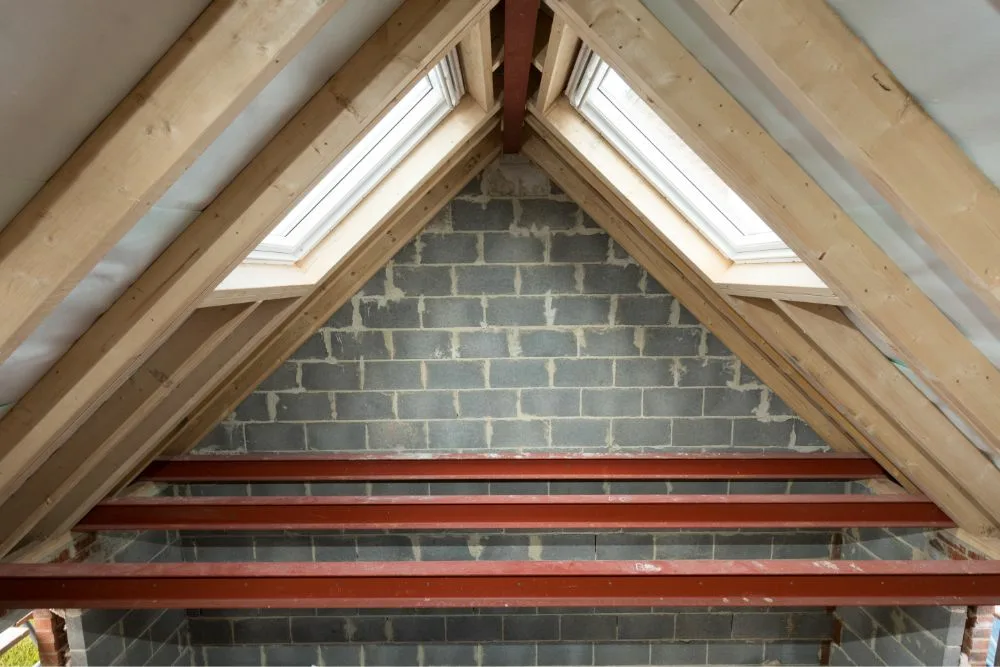
In most cases, loft conversions fall under permitted development rights, meaning they do not require planning permission as long as you abide by certain rules. However, if your property is in a conservation area or you plan significant structural changes, you may need to seek approval from your local authority.
Regardless of planning permission, all loft conversions must comply with building regulations to ensure safety. This includes fire safety measures, proper insulation, structural integrity, and adequate staircase design for accessibility. Consulting with a professional early in the process can help you navigate these requirements smoothly.
Considerations:
- Permitted Development: Most conversions don’t need planning permission.
- Building Regulations: Fire safety, insulation, and structural checks are essential.
- Professional Guidance: Consulting an expert can ease the process.
Design Considerations
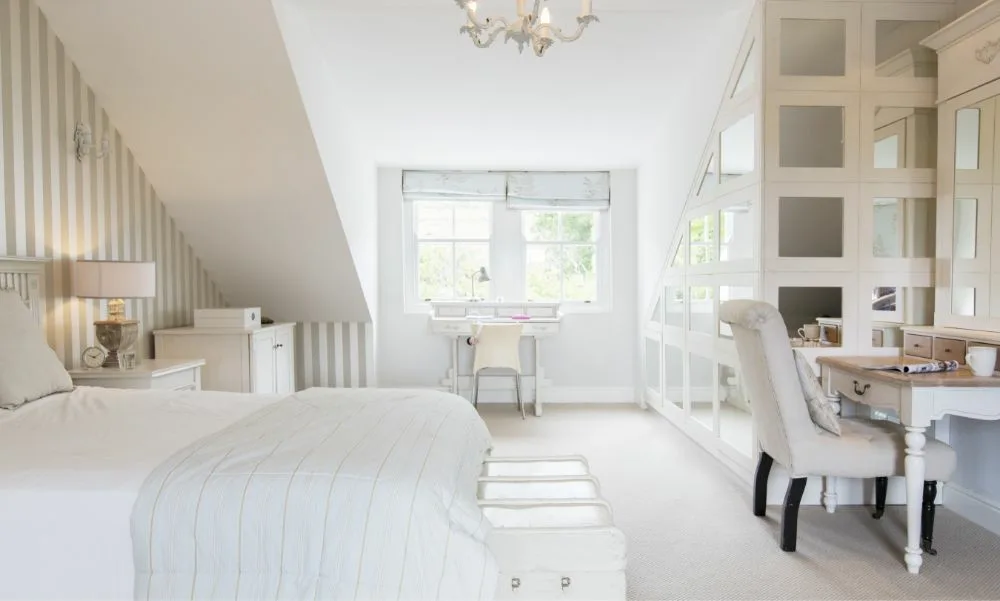
When designing your loft conversion, it’s important to think about functionality and comfort. Lighting and ventilation are key factors, and incorporating skylights or dormer windows can provide ample natural light and fresh air. Proper insulation and heating systems are essential to maintaining a comfortable temperature year-round, particularly as lofts can be prone to heat loss in winter and overheating in summer if correct procedure hasn’t been followed.
Additionally, built-in storage solutions, such as under-eaves cupboards or custom wardrobes, help to maximise space while keeping the area clutter-free. A well-thought-out design will ensure that your loft is both practical and aesthetically pleasing.
Design elements to consider:
- Lighting & Ventilation: Skylights and dormers for natural light.
- Heating & Insulation: Maintain year-round comfort.
- Storage Solutions: Utilise under-eaves space efficiently.
Cost of a Loft Conversion in London

The cost of a loft conversion varies depending on the type and complexity of the project. A basic roof light conversion typically costs between £25,000 and £40,000, making it the most affordable option. Dormer conversions, which provide additional headroom and space, range from £40,000 to £55,000. Hip-to-gable conversions are slightly more expensive, costing between £45,000 and £60,000 due to the structural changes involved.
The most extensive option, a mansard conversion, can range from £50,000 to £75,000. Additional expenses may include planning application fees, structural reinforcements, and interior finishing, so it’s advisable to set a realistic budget from the outset.
Estimated costs:
- Velux Conversion: £25,000 – £40,000
- Dormer Conversion: £40,000 – £55,000
- Hip-to-Gable Conversion: £45,000 – £60,000
- Mansard Conversion: £50,000 – £75,000
Hiring Professionals
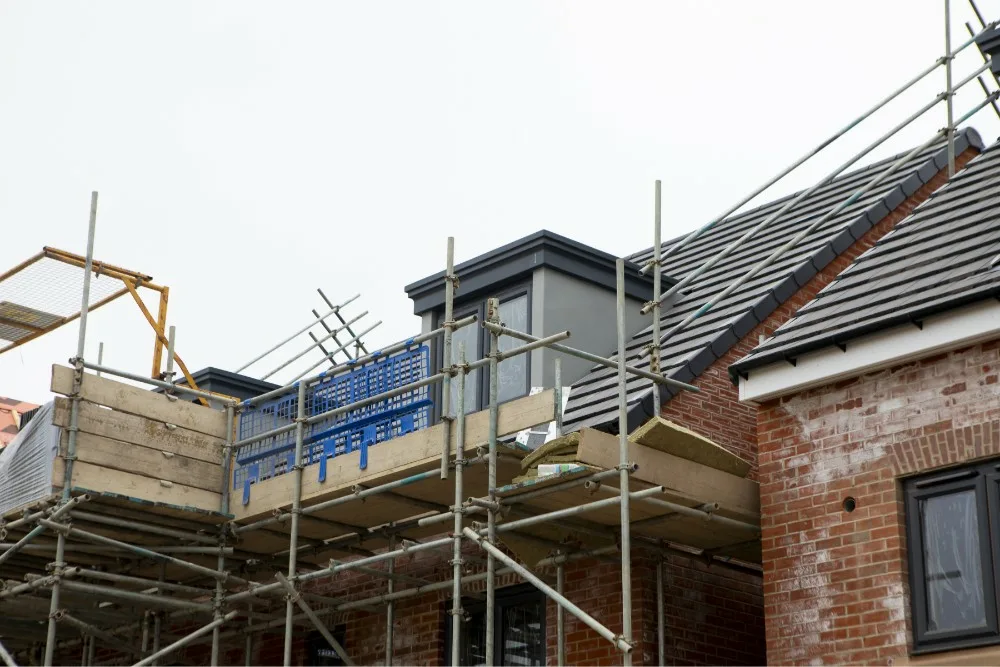
A loft conversion is a significant home improvement project, and hiring the right professionals can make the process much smoother. Architects and designers can help you create a functional layout that maximises space and meets building regulations. Structural engineers assess whether your home’s existing framework can support the additional weight. Builders and contractors with experience in loft conversions ensure that construction is completed efficiently and to a high standard. Finally, building inspectors play a crucial role in ensuring that the project complies with safety regulations. Investing in experienced professionals can save you time and potential complications in the long run.
With more than 30 years of practical experience, Marken Lofts specialises in delivering outstanding loft conversion services. Use the form on this page to send your query or give us a call on 0800 111 4883
Key professionals to hire:
- Architects & Designers: Layout planning and compliance.
- Structural Engineers: Assess load-bearing requirements.
- Builders & Contractors: Experienced in loft conversions.
- Building Inspectors: Ensure regulation compliance.
Project Timeline
A loft conversion typically takes between six to eight weeks to complete, depending on the complexity of the project. The process begins with the planning and design phase, which may take several weeks if permissions are required. Once approval is obtained, structural work such as reinforcing the floor and modifying the roof is carried out. The installation of insulation, roofing, and windows follows, along with electrical and plumbing work where necessary.
The final phase includes interior finishing, such as plastering, flooring, and decorating. With careful planning and organisation, a loft conversion can be completed efficiently with minimal disruption.
Project stages:
- Planning & Design
- Obtaining Permissions
- Structural Work
- Roofing & Insulation
- Electrical & Plumbing Work
- Interior Finishing
Maximising Your Loft Conversion
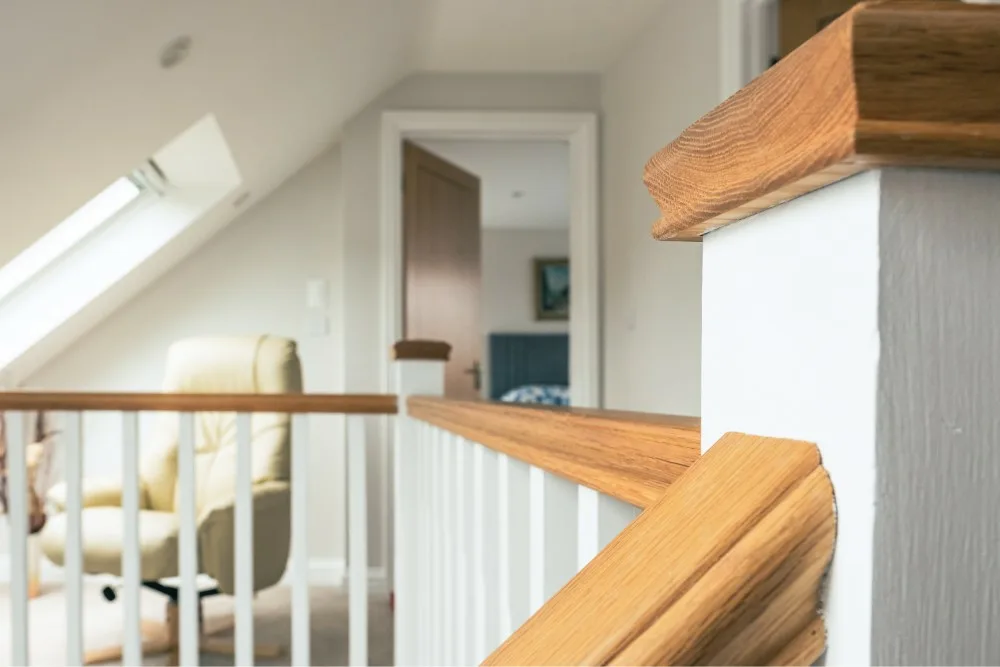
To make the most of your loft conversion, consider ways to enhance the functionality and aesthetics of the space. Choosing a neutral color palette can help create a bright and airy feel, making the area appear larger.
Clever storage solutions, such as built-in shelving or sliding wardrobes, can help utilise awkward corners effectively. Investing in high-quality insulation will not only keep the space comfortable but also improve energy efficiency, reducing heating and cooling costs in the long run. By tailoring the design to your needs and lifestyle, you can create a versatile and inviting living space.
Enhancement tips:
- Neutral Colors: Create a bright, airy feel.
- Smart Storage: Maximise under-eaves and awkward spaces.
- High-Quality Insulation: Improve comfort and energy efficiency.
Conclusion
A loft conversion is an excellent way to maximise the potential of your home, adding valuable extra space while increasing property value. By carefully considering structural feasibility, planning permissions, design elements, and budgeting, you can ensure a successful and stress-free project.
With the right team of professionals and a well-thought-out approach, your new loft space can become a stylish and practical addition to your home.
For advice on a loft conversion or for a free survey call 0800 111 4883 or enquire online:
"*" indicates required fields
